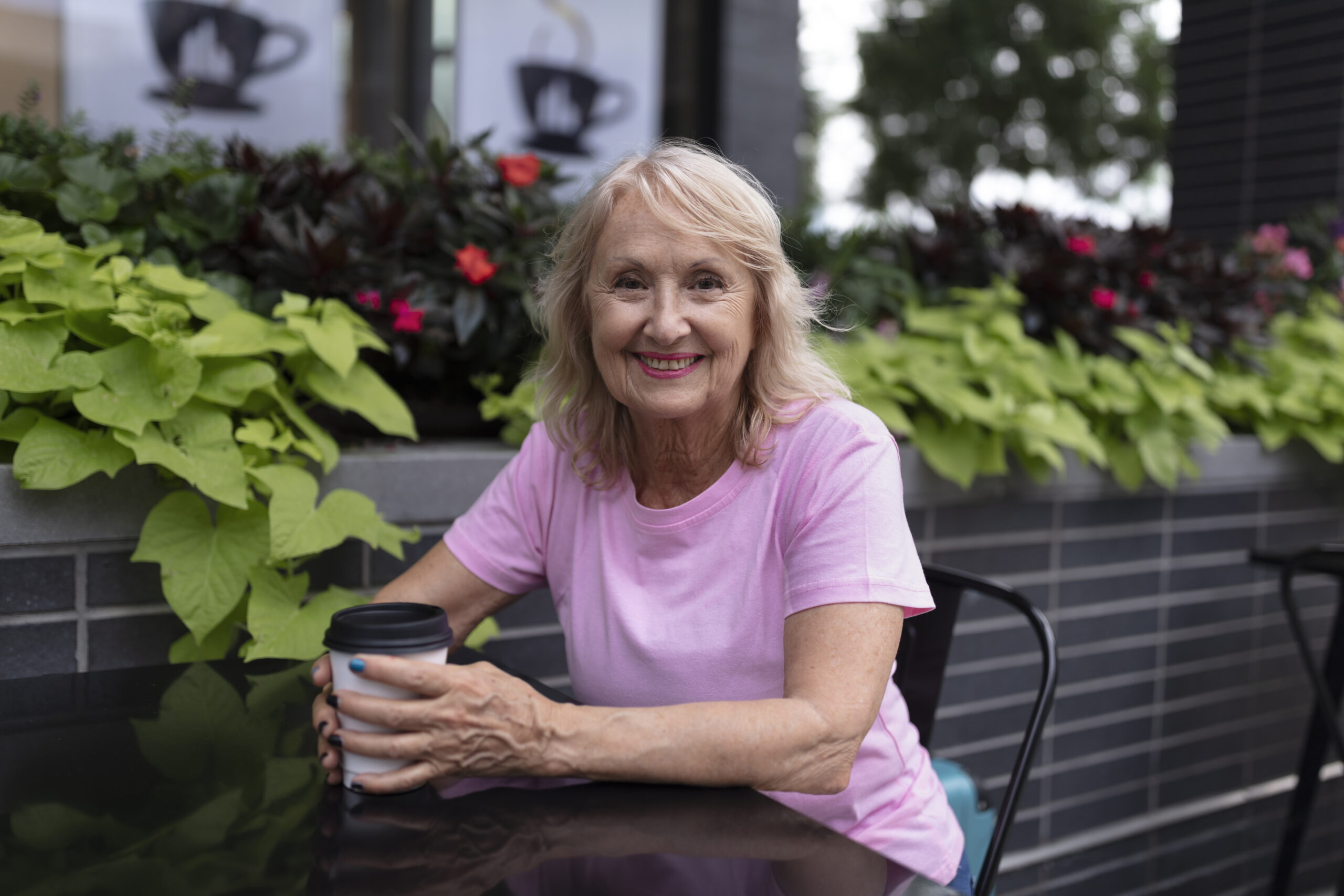 Choosing an aged care facility can be a very challenging decision to make. Often, a decision is made under pressure, due to a sudden event that results in a loved one no longer being able to care for themselves in their own home. As there is no industry rating system, families are forced to do the research into each home by themselves. This can be time consuming, when time isn’t really an option.
Choosing an aged care facility can be a very challenging decision to make. Often, a decision is made under pressure, due to a sudden event that results in a loved one no longer being able to care for themselves in their own home. As there is no industry rating system, families are forced to do the research into each home by themselves. This can be time consuming, when time isn’t really an option.
Having a good understanding of what to look for in an aged care facility will help you significantly when building research into a home. With the right information, narrowing down your choices is simpler and pressure can be rapidly reduced. Here are 15 things to look for to be sure you are choosing the right facility.
First impression
First impressions count, just as they do when meeting a person for the first time. If you don’t get a good feel straight off the bat, it’s unlikely you will be happy with the facility.
A first impression is an overall feel you get upon entering an aged care facility, weighed against the feeling you have when leaving the facility. Things to take note of include cleanliness, friendliness, smell, comfort, staff interaction, and anything that jumps out at you as exceptional or disturbing. Look at the faces of the residents. Do they look happy and well cared for?
Location
Residents benefit greatly from visitors, so it’s important that the chosen facility is within close proximity to loved ones. Loneliness is a serious issue for older people and they need to feel connected to the community and their families as much as possible. Finding a location that is convenient and accessible is vital for mental wellbeing.
It can also help to find a facility close to town, church or shops so that regular outings are available.
Accreditation
Accreditation is the arrangement established by the Australian Government to determine approved care. Essentially, it recognises a high quality standard of care and details 44 outcomes that people should expect if a facility meets the accepted standards. A full list of these outcomes is available here.
Food
 Food plays a big part in day-to-day life and a facility that offers good food and dining options is essential. Ask if you can join the residences for lunch and pay attention to the quality and presentation of meals. Ask about seasonal menus and resident requests, and observe the interaction between diners.
Food plays a big part in day-to-day life and a facility that offers good food and dining options is essential. Ask if you can join the residences for lunch and pay attention to the quality and presentation of meals. Ask about seasonal menus and resident requests, and observe the interaction between diners.
Rooms
Rooms should feel comfortable and provide a range of furnishings to suit the person living in them. Look at beds and mattresses, bed linen, blankets and waterproof sheeting. Residents who have additional needs should be provided with additional aids, such as over-bed tables, mechanical devices and over-toilet chairs.
Reputation
Speaking to someone who already has a loved one in the facility can be a great help and will give you a good understanding of the kind of reputation they have. Just remember that everyone is different and someone else’s priorities may differ from yours.
Safety and accessibility
Residents need to be able to move around the facility safely and without too much drama, or boredom can quickly set in. Ask about access to outdoor areas and learn the fire and safety arrangements in place.
Interaction with family
 Families need to feel involved and communication is the heart of this. It also helps to have flexible visiting arrangements, such as seating areas, tea and coffee making facilities and overnight stays. If visiting with young children, ask about toys for kids and check to see if you can join in meal times.
Families need to feel involved and communication is the heart of this. It also helps to have flexible visiting arrangements, such as seating areas, tea and coffee making facilities and overnight stays. If visiting with young children, ask about toys for kids and check to see if you can join in meal times.
Flexibility
As each resident is different, there needs to be some kind of flexibility within a home. Ask to see a copy of the resident handbook to find out the ‘house rules’. This should give you a good guide of meal times, bed times, visiting times and general rules for the facility.
Access to professionals
Many aged care facilities provide access to doctors, dentists and other health professionals. In some facilities, there may be an onsite doctor available. Some also provide access to hairdressers, massage therapists and other ‘luxury’ professionals.
Affordability
Daily fee arrangements are set by the Government, but lump sum bonds or equivalent periodical payments vary from facility to facility. It’s no good looking at a facility if it’s way out of your price range.
Activities
 Residents need multiple activity choices in order to remain stimulated, such as floor games, puzzles, discussion groups, sing-a-longs, music sessions, art classes and exercise programs. Ask about structured and unstructured activities, and access to wireless, so residents can use Skype or other communication platforms.
Residents need multiple activity choices in order to remain stimulated, such as floor games, puzzles, discussion groups, sing-a-longs, music sessions, art classes and exercise programs. Ask about structured and unstructured activities, and access to wireless, so residents can use Skype or other communication platforms.
Celebrations
Ask about the holiday periods, such as Christmas, and enquire about birthday and anniversary celebrations. Do they try to get everyone involved?
Off-site activities
For those with good mobility, are there options for outings to the theatre, club, church or town?
Changed circumstances
It’s important to note what would happen should a resident become more reliant on care than when first entering the facility. Would they be required to move or are there options for more full-time care?











